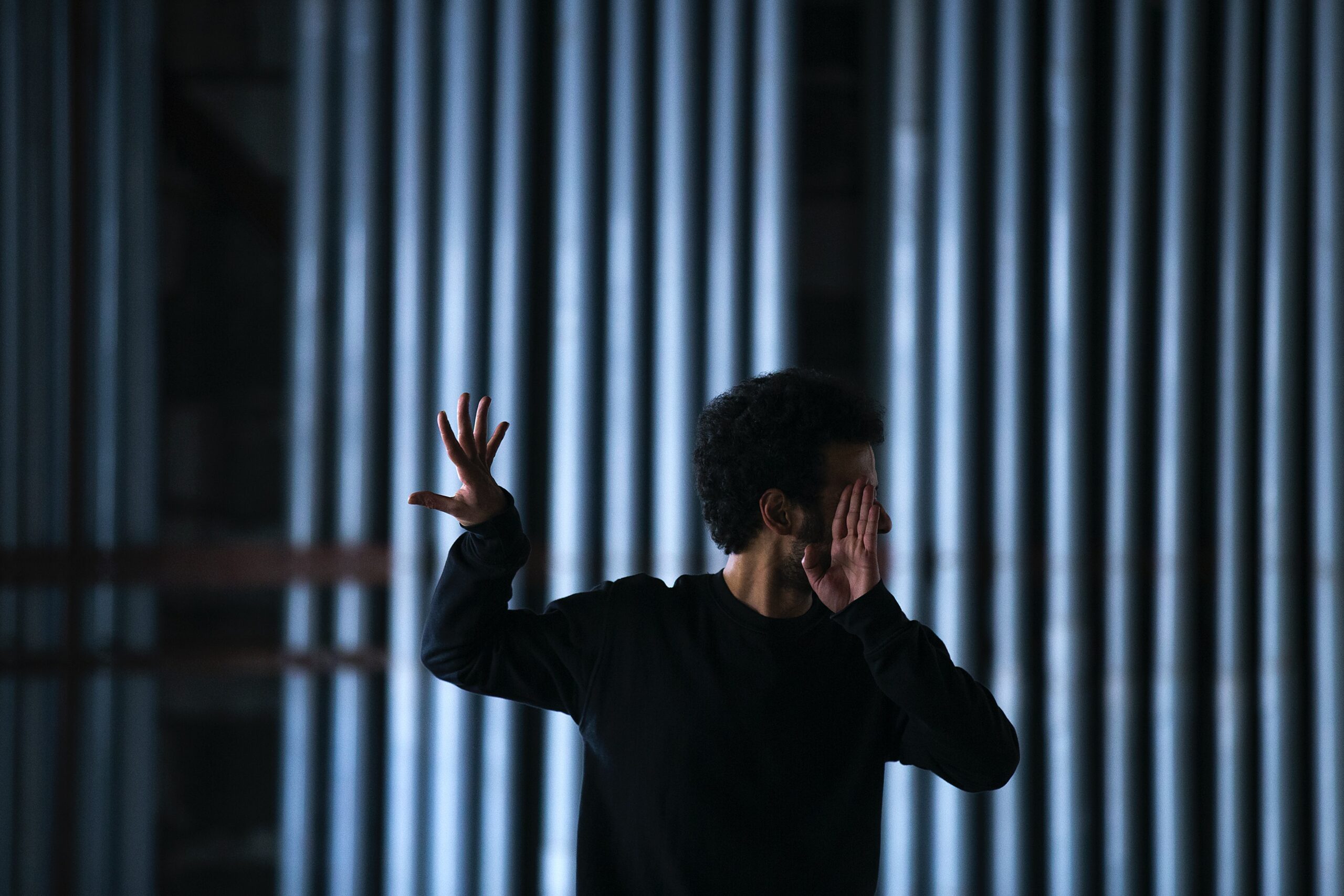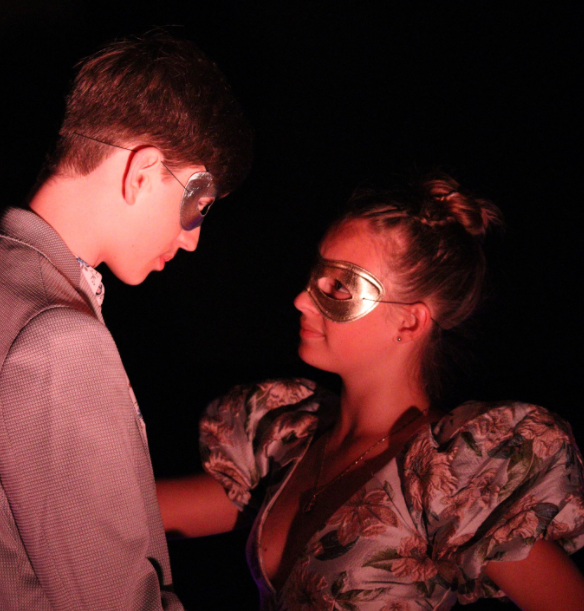
Soliloquy in Theatre: A Powerful Tool for Storytelling
You’re likely familiar with soliloquies – those moments when a character speaks directly to the audience, revealing their innermost thoughts and feelings. These monologues can be some of the most memorable moments in a play, and are often used to great effect in both classic and contemporary theatre. In this article, we’ll take a closer look at soliloquies, and explore why they are such a powerful tool for storytelling.
What is a Soliloquy?
A soliloquy is a type of monologue, in which a character speaks their thoughts out loud, as if they are talking to themselves. Unlike other monologues, which might be addressed to another character, a soliloquy is delivered directly to the audience. This means that the character is speaking to us, revealing their innermost thoughts, feelings, and motivations.
The Power of Soliloquy
Soliloquies are powerful tools for storytelling, for a number of reasons. First and foremost, they allow us to get inside the head of a character, and understand their motivations and thought processes. By speaking directly to the audience, a character can reveal things that they might not be able to say to other characters on stage. This can create a sense of intimacy between the character and the audience, as we are let in on their innermost secrets.
Soliloquies can also be used to create dramatic tension and heighten the stakes of a scene. When a character speaks their thoughts out loud, we know exactly what they’re thinking and feeling, which can make the audience feel more invested in the outcome of the scene. This can be particularly effective when a character is faced with a difficult decision or dilemma, and we are privy to their internal struggle.
Examples of Soliloquies in Theatre
Soliloquies have been used in theatre for centuries, and can be found in works as diverse as Shakespeare’s plays, modern musicals, and experimental theatre. Some notable examples include:
- Hamlet’s “To be or not to be” soliloquy
- Elphaba’s “Defying Gravity” in Wicked
- Nina’s “I am the sea” in The Seagull
- The Emcee’s “I don’t care much” in Cabaret
Each of these soliloquies serves a different purpose, but all of them are powerful and memorable moments in their respective plays.
Using Soliloquy in Your Own Work
If you’re a theatre student or playwright, you have the opportunity to explore the use of soliloquy in your own work. Whether you’re writing a play, directing a scene, or acting in a production, consider how soliloquies might be used to enhance your storytelling. Think about the moments when your characters are most vulnerable or conflicted, and how a soliloquy might allow them to reveal their innermost thoughts and feelings.
Soliloquies are a powerful tool for storytelling in theatre, allowing us to get inside the heads of characters and understand their motivations and thought processes. By using soliloquy in your own work, you can create more intimate, engaging, and memorable theatre experiences for your audience.
Photo by mostafa meraji on Unsplash






